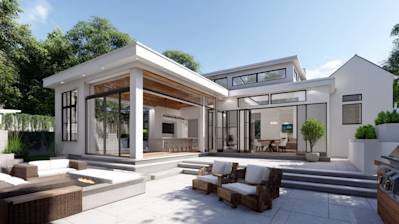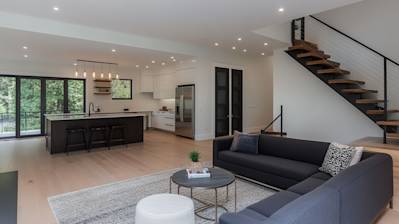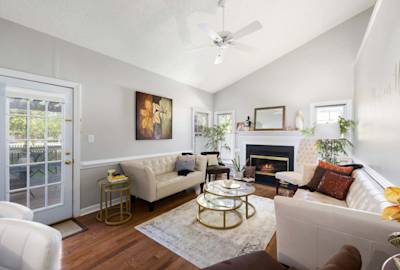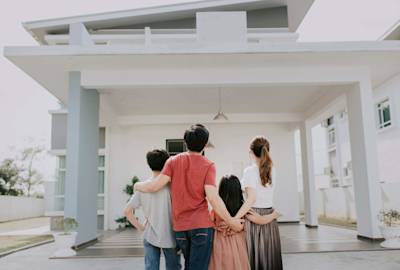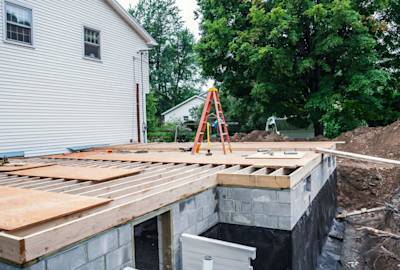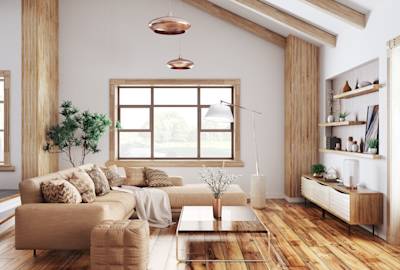There are a lot of reasons to add an addition to your home. The most common is to add space for entertaining, whether it’s a formal dining room or a more casual family room. If your family is growing and you need more bedrooms, another option is to build an addition that includes an additional bedroom or two as well as a bathroom. There are also other ways to use your space: adding a home office or even converting part of your garage into a workshop area can be extremely useful!
Purpose
The first step in planning an addition to your home is to determine its purpose. What do you want to use the new space for? Are you looking to add an extra bedroom, a home office, a family room, or something else? Knowing the primary purpose of the addition will help you determine its size, layout, and design.
If you're adding more than one room, it's important to consider where they'll go in relation to each other. Ensure that they're spread out enough so that they don't feel like they are all part of one big room—if this is not possible due to space constraints, then consider creating separate areas within one large space by using different wall treatments or dividing them with furniture pieces.
Budget
Before you start planning your addition, it is important to determine how much money you are willing to spend on the project. This will help you make important decisions about the size and scope of the addition, as well as the materials and finishes that you will use. It is also a good idea to get a detailed cost estimate from a contractor before you begin the project, so you know what to expect in terms of expenses.
It is also important to consider how much time you have available for this renovation project. If possible, try to find a contractor who can complete their work within your time frame so that there are no delays or disruptions in the flow of work being done on your home.
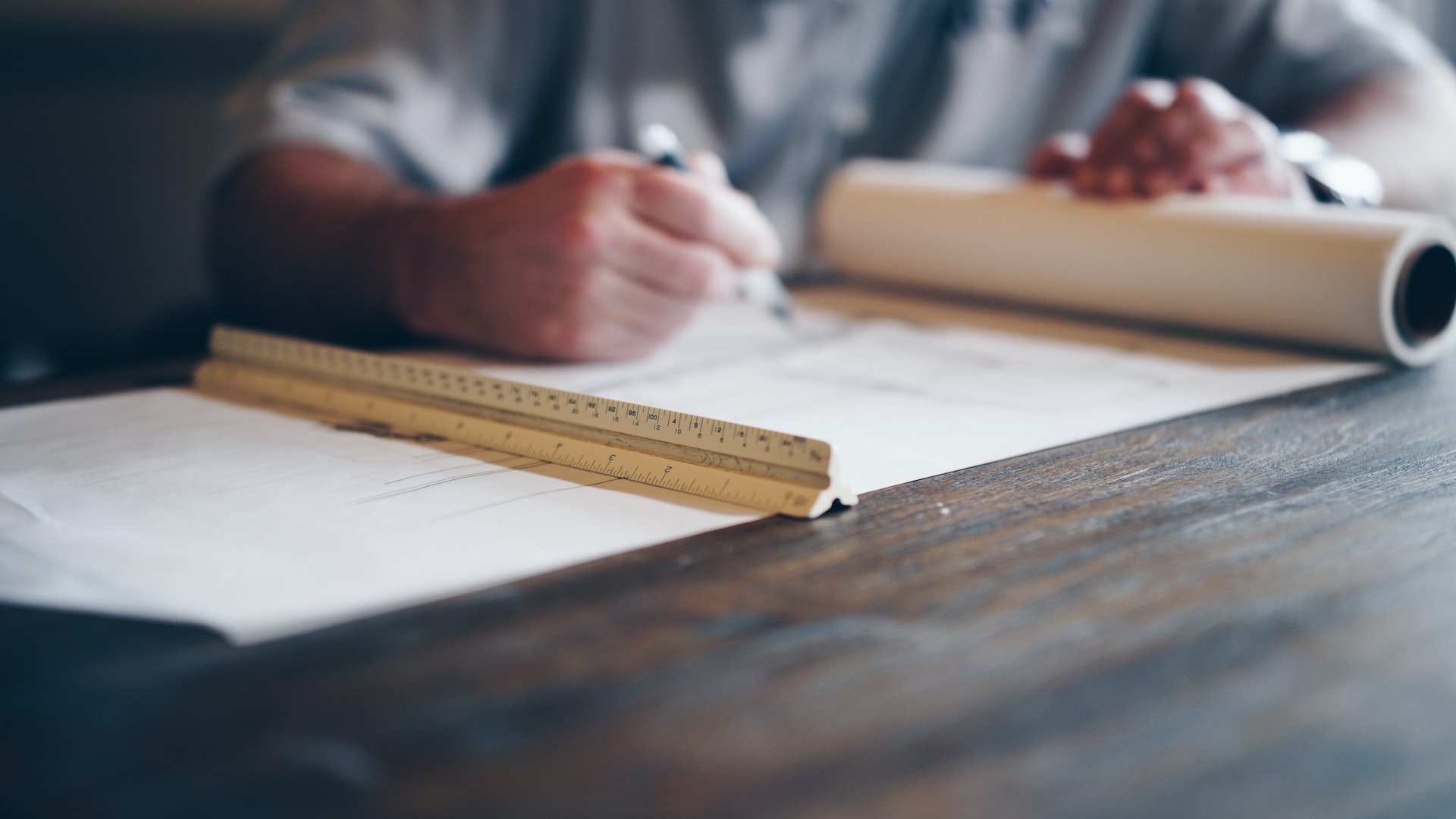
Design
Once you have a clear idea of the purpose and budget for your addition, you can start to think about the design of the new space. This will involve deciding on the layout, floor plan, and overall look and feel of the addition. It is important to consider how the addition will fit with the rest of your home in terms of style, scale, and functionality. You may want to work with an architect or designer to help you create a design that meets your needs and enhances the overall appearance of your home.
The first step in designing an addition is to talk with your architect or designer about what you want to accomplish with this project. Consider talking about your budget as well as how much time you want to spend working on this project yourself versus hiring professionals for certain aspects (such as electrical wiring). Your architect or designer should be able to advise you on what tasks would be best left for professionals versus those that can be completed by homeowners like yourself.
Once you have decided on what tasks are going to be done by professionals or yourself alone, it is time to start thinking about which materials will be used throughout your new addition. This could include everything from cabinets in kitchen spaces all the way down to flooring in bathrooms or kitchens.
Permits and Regulations
Before you start construction on your addition, it is important to make sure that you have all the necessary permits and approvals in place. This will vary depending on where you live, but generally speaking, you will need to obtain building permits, zoning approvals, and other documents before you can begin work on your addition. It is important to understand the regulations and requirements in your area, and to work with a contractor who is familiar with the permitting process.
Permits are required because they ensure that the addition is built according to local standards and regulations. If a permit is not obtained first, then it might not meet code requirements or pass inspection. In some cases, there may be additional fees or penalties associated with using an unapproved contractor or using an approved contractor who did not follow local codes in their work.
The best way to avoid these problems is to hire a reputable contractor who has experience working with local officials and obtaining permits for additions like yours.
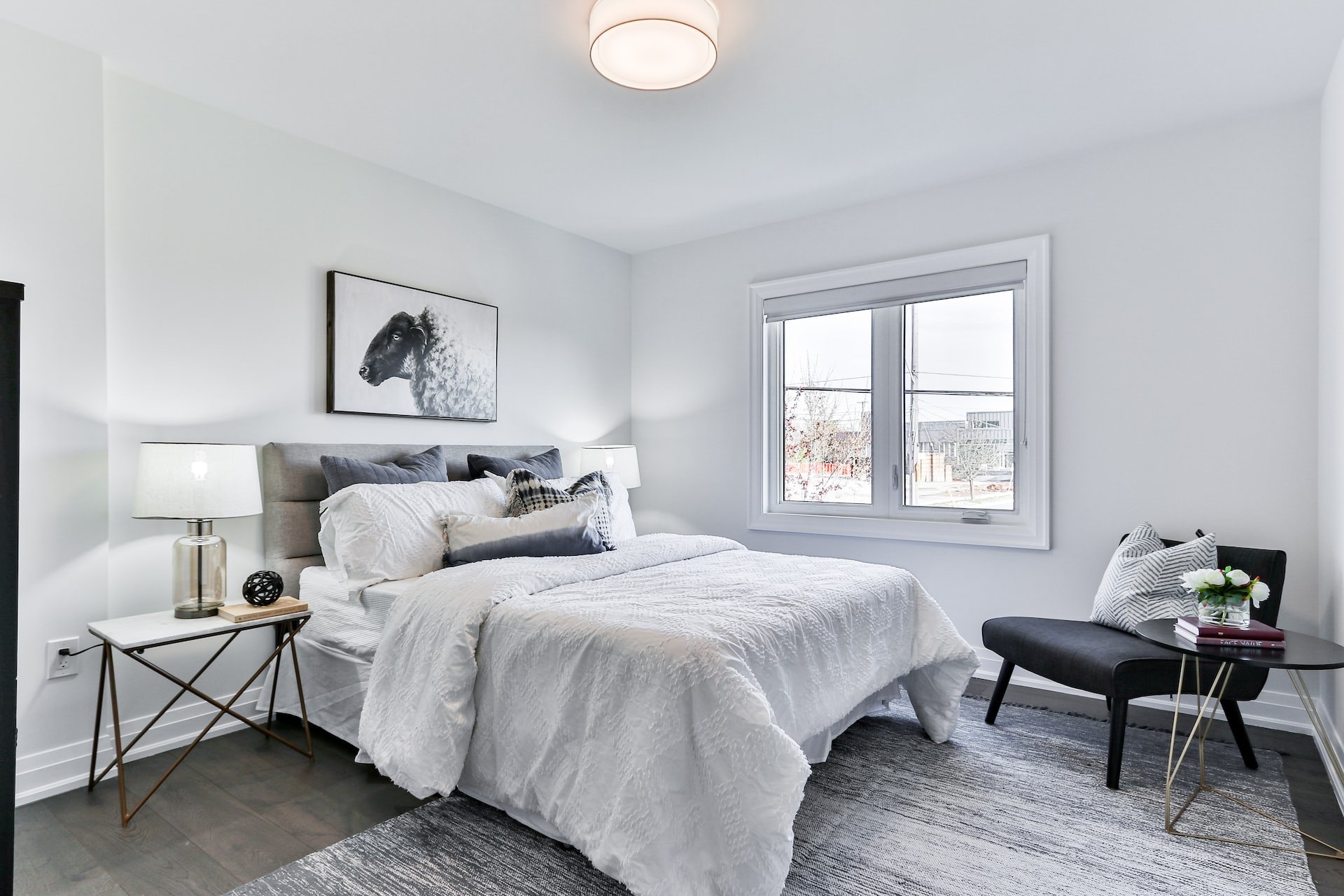
Materials and Finishes
Another important factor to consider when planning an addition to your home is the materials and finishes that you will use. This will include things like wall coverings, flooring, cabinetry, countertops, and other surface materials. It is important to choose materials that are durable, low-maintenance, and consistent with the overall style and design of your home. You may want to visit showrooms and sample displays to see and feel different materials before making your final selections.
Lighting and Ventilation
One of the most important aspects of your addition is the lighting and ventilation. This will involve designing the lighting layout and selecting fixtures, as well as ensuring that the addition is properly ventilated to prevent moisture and mold. It is important to work with a professional electrician and HVAC contractor to ensure that the lighting and ventilation systems in your addition are properly installed and function properly.
Accessibility
One of the most important things to consider before adding an addition to your home is accessibility. If you or anyone in your household has mobility issues, it is important to consider accessibility when planning your addition. This may involve designing the addition with wider doorways, ramps, and other features that make it easier for people with disabilities to move around. It is also important to choose materials and finishes that are slip-resistant and easy to clean, to prevent accidents and injuries.
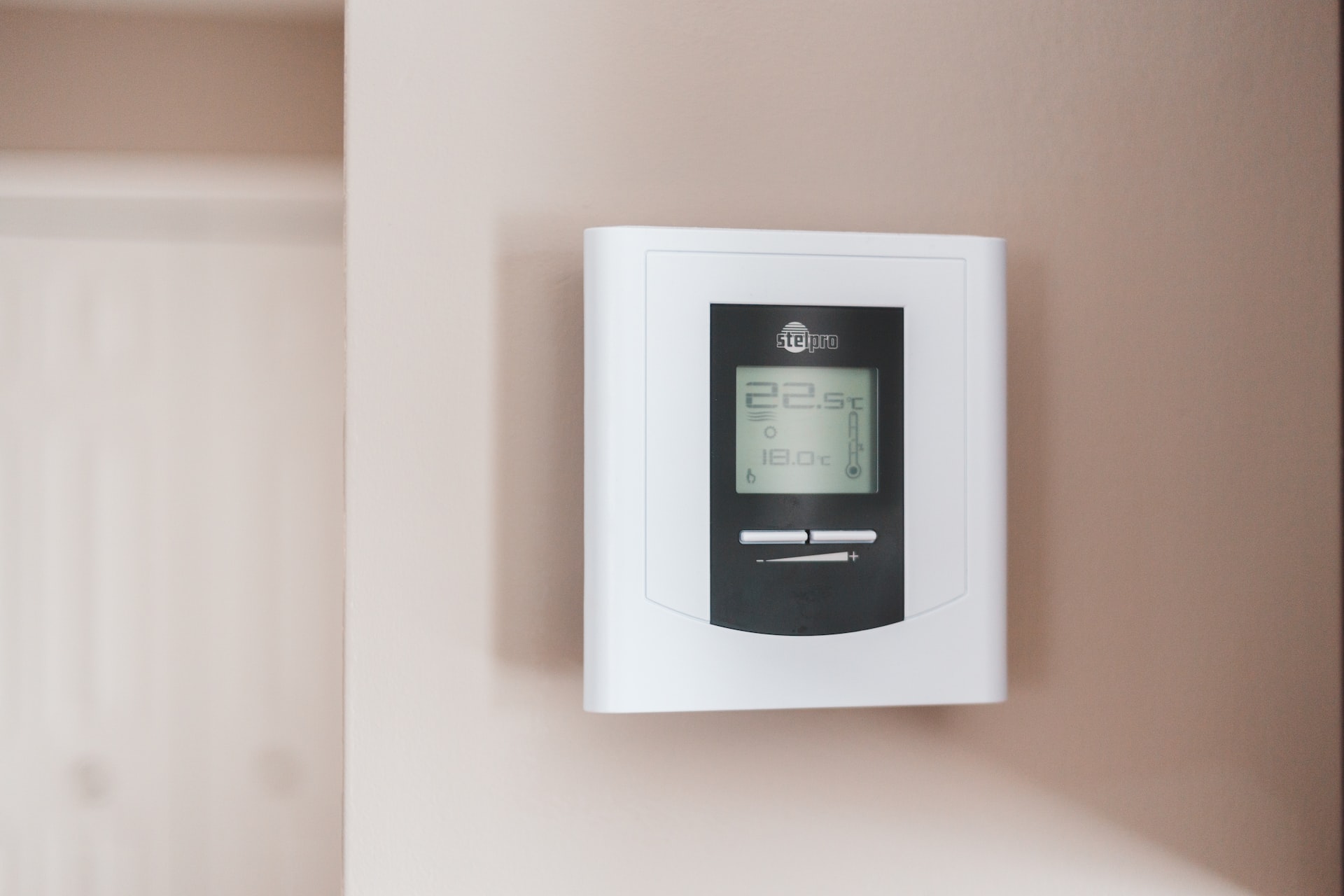
Energy Efficiency
Today's homeowners must consider the energy efficiency of their additions. To do this, they often choose high-quality materials and systems that are designed to reduce energy consumption and greenhouse gas emissions. This can include things like energy-efficient windows, insulation, heating and cooling systems, and appliances. These upgrades can help save money on utility bills and protect our environment.
Conclusion
If your home needs a little space, simply check the costs and benefits of adding onto your property and you’ll be surprised what you can afford. Perhaps a master suite would cost less than you think and give you plenty of room for your growing needs. Alternatively, maybe a small studio addition to the backyard would be enough for that artist in the family and still allow room to expand as needed. Whatever you choose, it’s always better to plan ahead.
If you want to become financially independent, owning your own home is one of the most basic ways to do so. As far as investments go, purchasing and living in an affordable home through an ADU has low overhead and high return. The extra income generated by renting out the ADU is essentially free money. ADUs are environmentally friendly, economical, and safe. Overall, when compared to other housing options, ADUs are solid investments for everyone.
Need a Accessory-Dwelling Unit. Request our free quote and our we will get you a fast and fair remodeling quote with in 24-48 hours.
MIT Citations
Whitney, H. (2022, February 10).
What to do before you add an ADU. Seattle Times.
Retrieved December 15, 2022, from
https://www.seattletimes.com/explore/at-home/what-to-do-before-you-add-an-adu/
Nick, P. (2021, January 14).
What are the 10 Things to Consider Before You Build an ADU? Design Everest.
Retrieved December 15, 2022, from
https://designeverest.com/lounge/article/things-to-consider-before-you-build-an-adu/
Cameron, S. (2022, March 4).
5 Things to Know Before Building an Accessory Dwelling Unit. Next Stage.
Retrieved December 15, 2022, from
https://www.nextstagedesign.com/building-an-accessory-dwelling-unit-adu/



